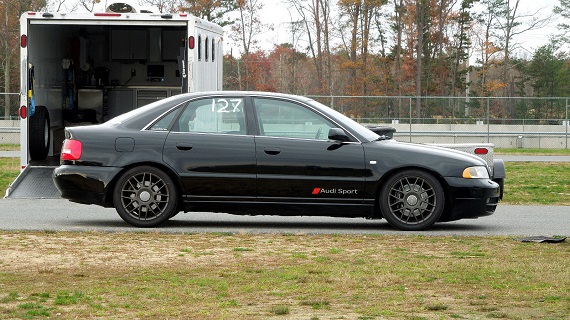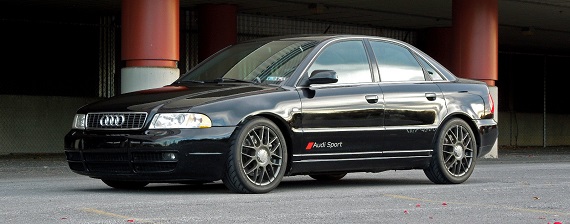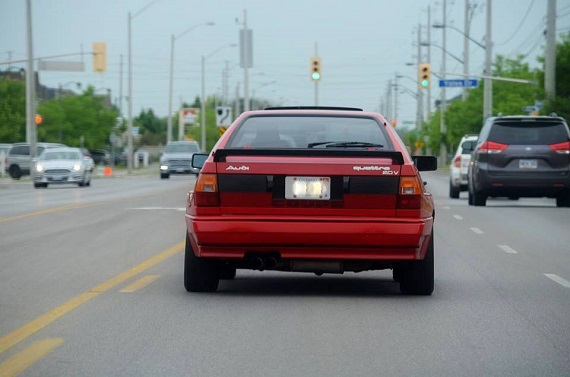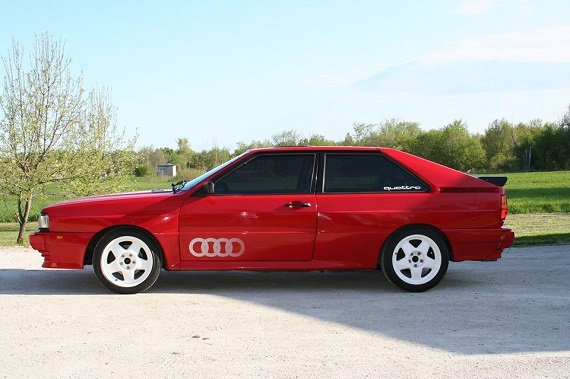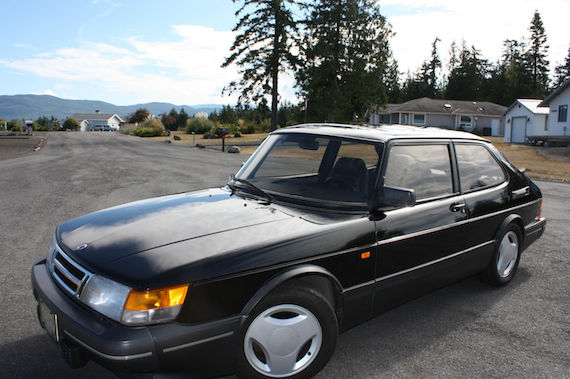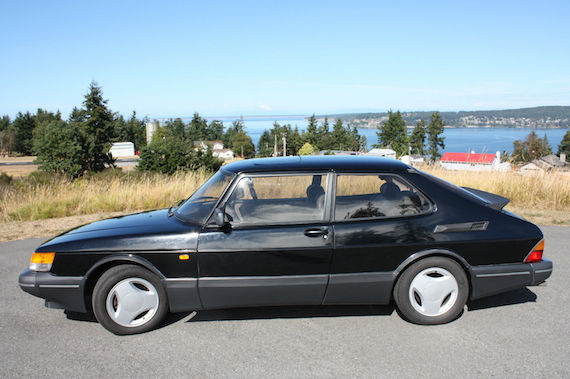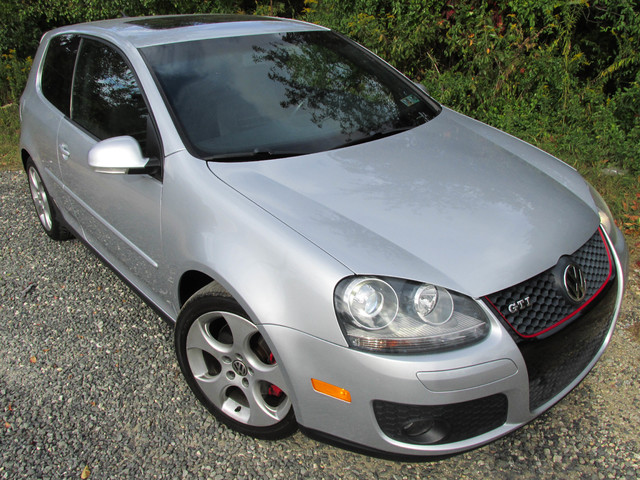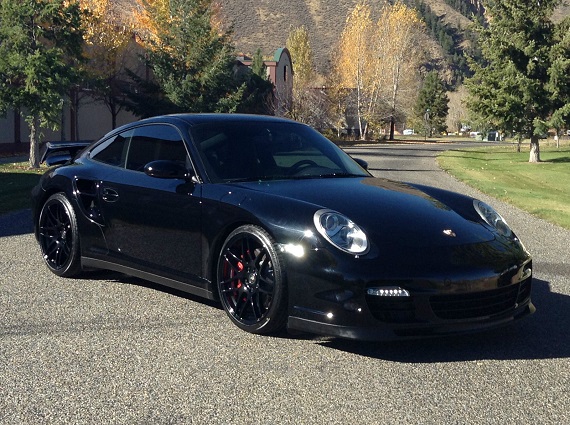Why does the Audi S4 not get more attention on Motorsports Monday? Well, for most the generally heavy platform coupled with the forward bias of the relatively heavy motor doesn’t equal track excitement. Motivation has never been a problem with Audi’s fastest small chassis cars, but braking and turning aren’t where the excel – especially compared to the competition from Munich and Stuttgart. However, a recent ride in my stripped-out and stiffened-up Audi left me the best part of an inch shorter and thinking. Going to the track is such a great time, but there must be a better balance between the 95% of the time that the car isn’t at the track to the 5% it is – if you’re lucky. And while in all out track performance, it’s hard to argue with the E36 chassis as the best value going, the B5 S4 is a compelling alternative to have plenty of fun in between – and, year round:
Tag: Turbocharged
Contrary to popular belief, most of the elements of the Quattro were not pioneering. It was not the first production car with all four wheel driven – that distinction goes to the Jensen FF, which beat the Audi to market with a luxury 4WD GT by a full 15 years. It was not the first car to introduce turbo technology, as many manufacturers had been playing with forced induction for some time. Notably, some of the team that developed the Quattro came from the halls of Porsche, having worked on projects like the 924 Turbo previously. Even the signature box flares were borrowed from the Group 5 cars that raced in the 1970s. But the Quattro was the first to put all of these elements together and set the blueprint for what would become a fairly standard hot package going forward. The Ford Escort Cosworth, Lancia Delta Integrale, Subaru Impreza 22B, and Golf Rallye are but a few of the many that copied Audi’s trendsetter. And while some that followed were dynamically better than the Audi, it still has a mystique somehow greater than the both the sum of its parts and its inherently flawed design:
CLICK FOR DETAILS: 1983 Audi Quattro on eBay
1 CommentEvery now and then, I’ll see a Saab pass me by in my daily travels and it brings a smile to my face. Sure, towards the end of their run here in the US, it was a sad story, but we may never see such a unique car manufacturer ever again. Saab reached its zenith back in the 1980s, continuing on with a tradition of turbocharging they began a decade earlier well before other car manufacturers caught on to this technology. Perhaps one of the most beloved turbocharged Saabs was the 900 SPG. This model included a stiffer suspension and three spoke alloy wheels, as well as leather interior, air condition and premium sound system as standard. The SPG was further differentiated from lesser 900s with its unique lower body kit. There is a rabid group of followers for this car, so finding a good one for sale can be a challenge. This example for sale in Washington state is a one-owner example, which is sure to set off a firestorm of interest.
Click for details: 1988 Saab 900 SPG on eBay
1 CommentThere was performance revolution that occurred rather quietly in the mid 2000s. You could argue that it was more evolutionary than revolutionary, but giant leaps in performance were seemingly the norm with every single release of a new model. The Audi S8 had 360 horsepower, and that was a lot – until the M5 had 400. Then the S8 had 450, and the M5 countered with 500 – and Mercedes-Benz was right there, too, with its supercharged V8s. These were power figures normally associated with supercars only a generation before. Heck, by the mid 2000s even the lowly Golf GTi had equivalent power to weight ratios with Porsche 911s from the 1980s. Speaking of Porsches, they had gone absolutely bonkers with their power levels. The last 930 had roughly 330 horsepower – still considered quite a lot in the late 80s – and weighed roughly 3,000 lbs. Sure, the subsequent generations got heavier and more complex as they bathed their occupants in every increasing levels of luxury. But then, the power increased too. By the time we got to the 3.6 Turbo S, power was 380. The 993 added a turbo for quicker spool up and went to even heavier all-wheel drive, yet with 400-450 horsepower, they were anything but slow. Power didn’t change much with the 996 at 410-450 horsepower depending on tune, but delivery was refined even more and they were even faster than the previous generation. The 997 kicked it up another notch, now with 470 to over 500 horsepower on tap – the best part of double the original 930, yet with daily driver tractability, modern convenience and all-wheel drive comfort and security. The 911 Turbo was no longer a widow-maker, but a precise surgical instrument of speed wrapped in a velvet glove with a sugary sweet coating for ease of use.
Another interesting trend was that through its transformation, all of the sudden people really started to appreciate the older cars more. The more complicated the 911 became – and it must in the market, you could argue – the more that people longed for the early days. That was especially true when it came to the changeover to the 996. The softening of the once impenetrable 911 Turbo fortress defenses to allow mere mortals to approach the limits of the car pushed many way; it didn’t help that the 996 wasn’t the prettiest thing to come out of Stuttgart, either. That meant that values started dropping and today these 911 Turbos are nothing short of a miraculous deal. For about the same money as a loaded Camry costs you can get into a thoroughbred rocketship. But if it were my money, I’d eye the successor to the 996; for a slight increase in purchase price, you get better performance, more features and most importantly a better looking exterior:
